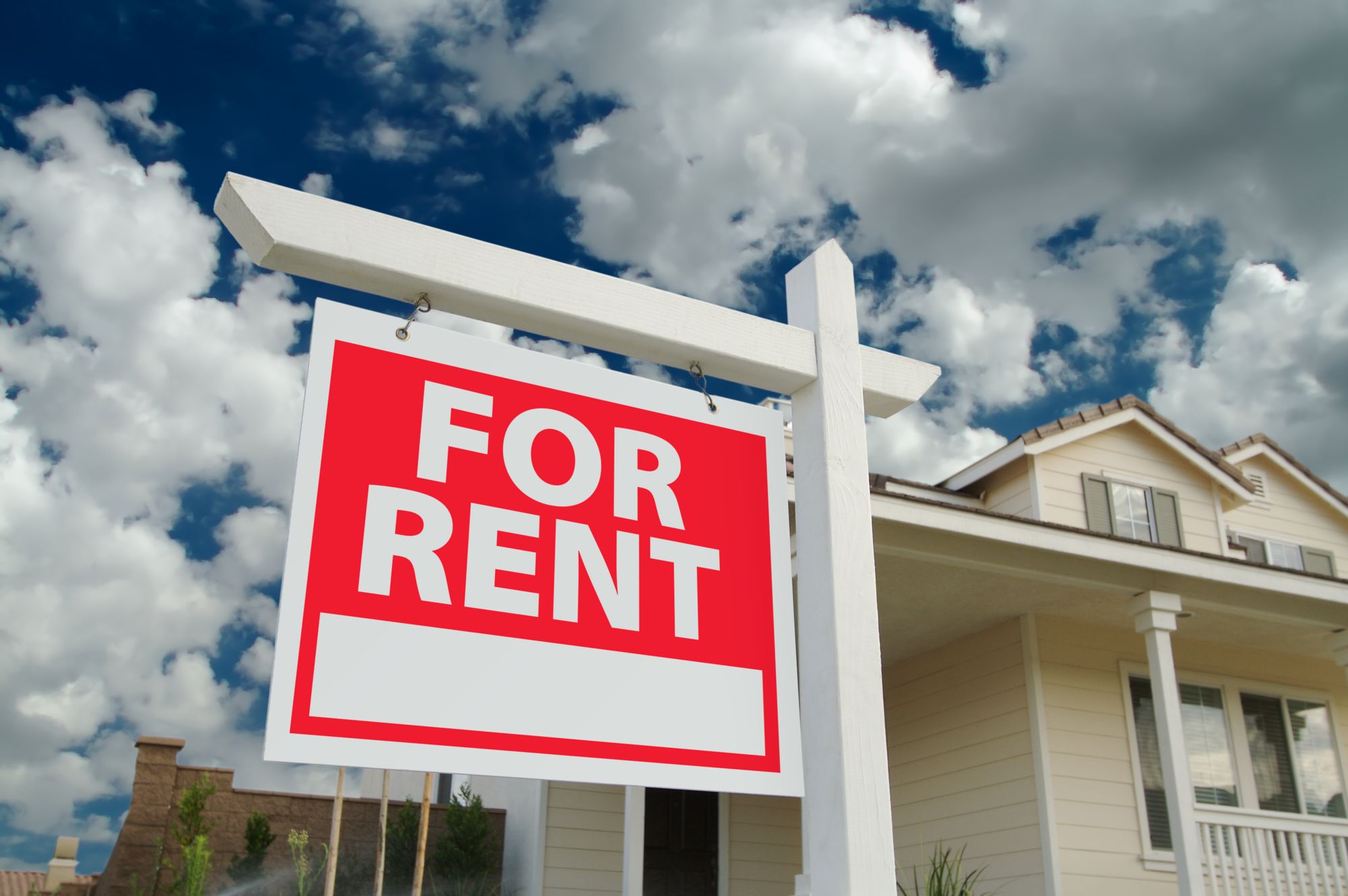How Avid Renters are Fuelling a Build-To-Rent Property Boom
Build-to-rent gained traction in the last decade in some parts of the world, and it's poised for strong growth in the years to follow. Learn about the bright spots to watch for.

Here in Asia, it is a common notion that everyone would aspire to own a residential property – an abode where people start to build their family and nurture the future generation. In fact, for many Asian households, a residential property could also be the most valuable possession in the family. This probably explains why home rental is traditionally perceived to be a last resort for a living option, as people are perceived to be “unsettled” emotionally and financially, if they do not already have a home of their own.
But that mindset is starting to change with the rise of the build-to-rent (BTR) housing trend, which has taken some real estate markets across the world by storm in the last decade or so, and have begun to make inroads into some Asian countries in recent years.
While the concept of BTR is just starting to take root in Asia, it has in fact already been gaining favour with many renters elsewhere, especially in Europe, the U.S. and U.K., and Australia. To the proponents of this living concept, BTR homes are a lifestyle option that provides more flexibility, mobility, financial freedom, and benefits of community living.
What are build-to-rent properties?
BTR properties are largely purpose-built residential properties for rent that are professionally managed, although some existing properties may not have been purpose-built originally but were strategically acquired for similar investment purposes.
A BTR property would typically be a professionally managed community of rental properties with full furnishings, and it would provide an array of shared onsite amenities, such as a concierge, gym, entertainment area, communal garden, co-working area, or dining room, complete with housekeeping services and community engagement programmes.
BTR properties are also usually owned by institutions, funds, and developers instead of single persons, and many of them offer long-term leases of three years or more. These properties are not to be confused with buy-to-let properties, which are not designed specifically for renters and are usually mass-owned by landlords or individual owner-occupiers instead of corporations. However, they may include coliving properties, which come with relatively smaller living areas, with shared spaces like a bathroom and a kitchen.

Rise of a new generation of renters
In the last decade or so, BTR properties have been gaining favour with many young millennials across Europe, the U.S. and U.K., as well as Australia. And in Asia, this has been fast-gaining popularity in Japan in recent years.
“Rising inflation has also been a key demand driver of BTR properties, as skyrocketing home prices and costs of borrowing have rendered homes exorbitantly out of reach for many potential homebuyers.”
In addition, rising inflation has also been a key demand driver of BTR properties, as skyrocketing home prices and costs of borrowing have rendered homes exorbitantly out of reach for many potential homebuyers. In some countries where government housing policies are not conducive to buying a home, home ownership would be an even bigger challenge. On the other side of the equation, insufficient supply has also contributed to a growing renters’ market. The U.S., for one, has been seeing insufficient housing inventory for sale, and that has driven many people to rent instead of buy a home.
In particular, the BTR living concept appeals to the young millennials, as it offers an attractive and flexible option to pursue their lifestyle aspirations, as well as independent living and privacy, without the encumbrance of a mortgage loan and other housing financial obligations.
But in reality, the renters’ profiles of such properties can be very diverse, and they may include singles, married couples, or families with kids, across various age groups. These renters come from all walks of life, and may range from students to working professionals, and even retirees who are empty nesters.
The investment case for BTR projects
The merits of investing in BTR real estate projects are manifold.
They provide an ideal source of passive income for real estate investors, especially where there is a fast-growing renters’ market and as these properties come with a range of attractive built-in facilities. These factors potentially make demand less elastic and the operators’ pricing power stronger in the long term.
BTR projects are also usually strategically located near major transport nodes and amenities, making them extremely convenient for tenants. This contributes to lower vacancy and tenant turnover, as tenants are more likely to renew their leases instead of shifting elsewhere.
In addition, BTR properties are also usually sold as a development project and not by individual units. By virtue of that, the valuation of these properties will be based on cap rates, rather than their market price. This means that asset owners will be able to sell these properties en bloc, and potentially fetch a better price than if they were to be sold as individual units.

Where the market thrives now
“With demand for BTR properties growing rapidly, it is small wonder that they are fast-becoming an important real estate asset class in some countries.”
With demand for BTR properties growing rapidly, it is small wonder that they are fast-becoming an important real estate asset class in some countries. These properties are especially well established in Europe, Japan, the U.K. and U.S., and BTR is also currently one of the fastest-growing commercial real estate sectors in Australia.
In addition, COVID-19 has also had an important role to play in driving up demand for high-quality personal living spaces, which naturally makes BTR properties an attractive housing option.
When investing in BTR projects, we believe that you should be looking at these well-established markets, with a strong growth momentum:

An investment theme not to be ignored
We believe that BTR is a real estate investment theme that has more legs to run. And this goes to say that investors should consider investing in a BTR project located in any of these countries to ride on the sector’s growth momentum, when the opportunity arises.
However, as many BTR projects are development projects and are usually reasonably capital-intensive, some may be more vulnerable to economic slowdowns, especially those with a high operating leverage in an environment of fast-rising interest rates. This could pose a risk to investors, if sales turn out to be lower than expected. And of course, construction risks are also involved in such projects, as with other similar projects.
So, it is imperative that investors focus on the deal specifics to ensure that the project they intend to invest in has a reasonable risk-adjusted return. This is especially important, during this period of economic uncertainty.
About RealVantage
RealVantage is a leading real estate co-investment platform, licensed and regulated by the Monetary Authority of Singapore (MAS), that allows our investors to diversify across markets, overseas properties, sectors and investment strategies.
The team at RealVantage are highly qualified professionals who brings about a multi-disciplinary vision and approach in their respective fields towards business development, management, and client satisfaction. The team is led by distinguished Board of Advisors and advisory committee who provide cross-functional and multi-disciplinary expertise to the RealVantage team ranging from real estate, corporate finance, technology, venture capital, and startups growth. The team's philosophy, core values, and technological edge help clients build a diversified and high-performing real estate investment portfolio.
Get in touch with RealVantage today to see how they can help you in your real estate investment journey.
Disclaimer: The information and/or documents contained in this article does not constitute financial advice and is meant for educational purposes. Please consult your financial advisor, accountant, and/or attorney before proceeding with any financial/real estate investments.
